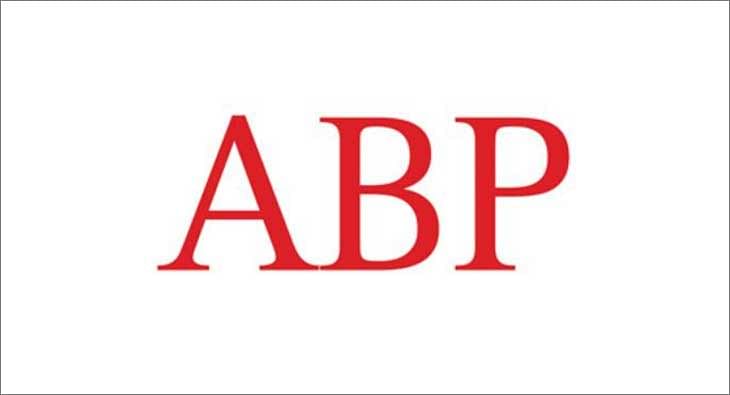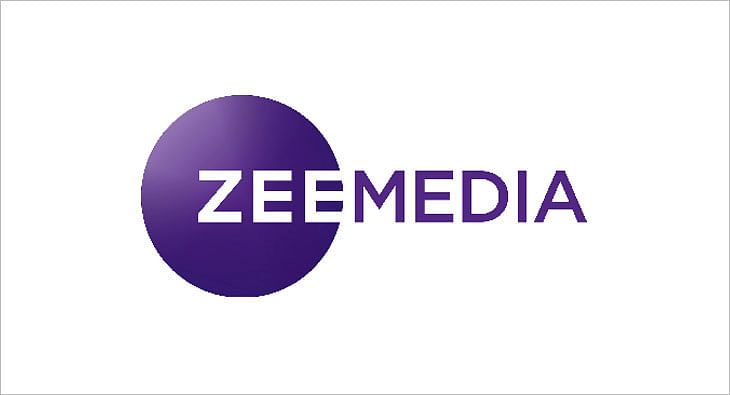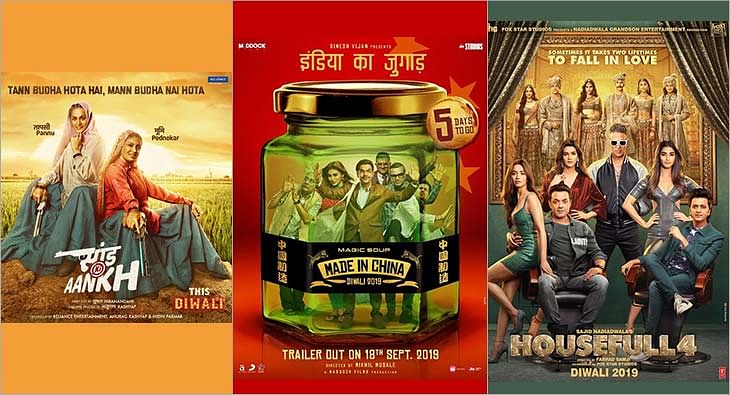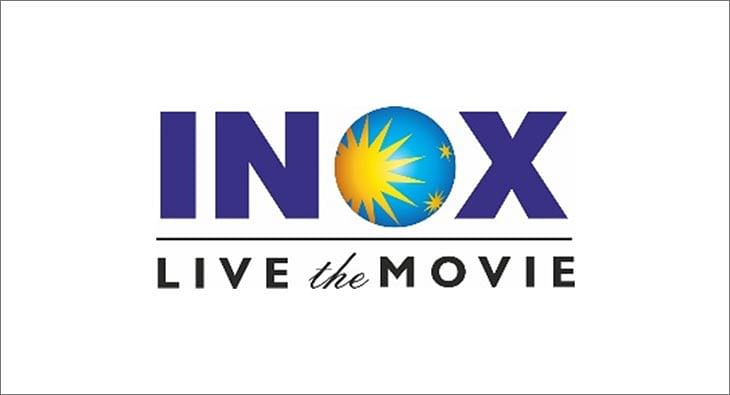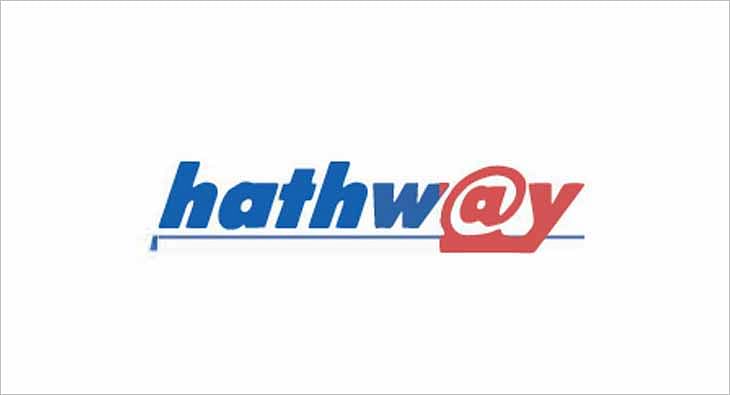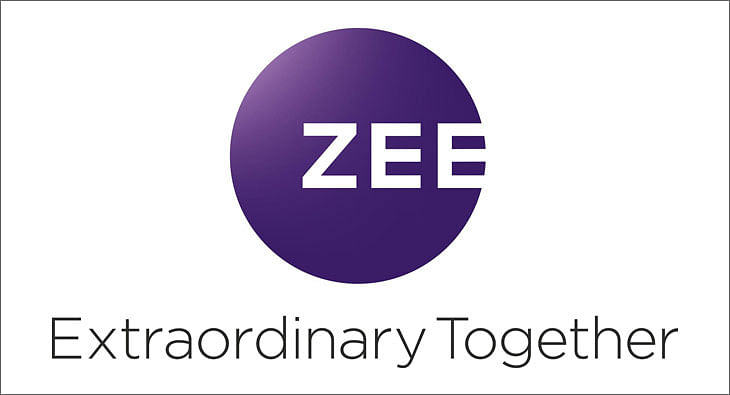Industry Speak: Expectations from RSCI
Bhaskar Das, Suresh Srinivasan, DD Purkayastha, Maheshwar Peri, Mitrajit Bhattacharya, Anant Nath on how RSCI should approach measurement.

September 2011 saw a landmark development for print publications, when the Indian Readership Survey (IRS) and the National Readership Survey (NRS) merged to form the Readership Studies Council of India (RSCI). The IRS has drawn a lot of flak regarding issues relating to accuracy in numbers, sample size, portraying emerging readership trends, research and measurement methodologies having a greater focus on newspaper readership as compared to periodicals, and extending the survey to emerging areas.
exchange4media asks six industry experts about their observations regarding the survey and the suggestions that they would like to put forth before the RSCI on the approach to measurement. Here are their views:
Readership across different access points should be taken into account: Dr Bhaskar Das, President, The Times Group
“Casual readership has gone up. People are travelling more; the definition of cities has changed now. Spending time on news through e-papers, websites, etc., are also access points. Readership has a new challenge in this aspect. The other challenges are the kind of people collecting data, length of the questionnaire, how to use technology to collect data. Overall, the metrology has to be in sync with the times so that it becomes a useful tool for media planning or media buying and so on. It has to address – Is there a possibility of measurement of engagement? What is the source of purchase – are people buying from stalls or getting it delivered at home? Is it at subscription or full price? But changes will take place gradually, since there is suddenly an explosion of media options coming up so the currencies and metrics of measurement will take some time to match up. It’s good that NRS and IRS have joined hands to become the RSCI. For publications, to invest in both is very difficult. So, it is much better to pool resources together and create a robust study that is practical.”
Extend measurement to emerging areas to be truly indicative of readership: Suresh Srinivasan, Vice President - Advertising, The Hindu
“There are quite a few deficiencies in the IRS methodology. Let me point out one such limitation – Chennai has grown well beyond the corporation limits. We deliver our paper to many communities living outside the limits also. The IRS takes into consideration the readership only within the corporation limits. Therefore, it is not truly indicative of the actual readership. A single body rather than two parallel sets of measurement can conduct a robust study which is more exhaustive, benefitting the industry. As for suggestions, once the methodology is in place, improvements can be made.”
Separate studies for dailies and periodicals: DD Purkayastha, Managing Director & CEO, ABP Pvt Ltd
Three shortcomings of the IRS and ways to improve measurement:
1. Separate studies for magazines and dailies: We all know that magazines are consumed differently from dailies; they have a longer shelf life and unlike dailies, magazines are mostly impulse purchases. But the methodologies in the existing readership surveys are essentially geared towards newspapers. That is precisely why the idea of a separate ‘engagement study’ for magazines came up at the Indian Magazine Congress 2010. Magazines often target segmented niche audience (special interest segment) and if sufficient sample is not covered, the figures tend to throw up wrong pictures.
2. Publishing – yearly or once in 6 months: There are no huge shifts in newspaper reading habits quarter to quarter. It is relevant only in markets which see a lot of new launches. This quarterly data results in a short term orientation, both in content creation and strategy, which is detrimental for the brand.
3. Parallel statistical method for interpretation should be used: Often, no reason can be attributed to sudden decline/ increase in figures on segments (especially age-group/ SEC profiling) that might signal trend or new/ paradigm shift in consumption habit. A fee-based service may be introduced where the subscribers can be provided with the reasons for such sudden changes.
Ensure surveyors can communicate well with upmarket audiences: Maheshwar Peri, Publisher of Outlook magazine and President, Outlook Publishing India Pvt Ltd
“Magazine publishers were never happy with the IRS as they could not capture the readership of reach of SEC A audiences, which most magazines reach out to. IRS admitted the fallacy in many presentations, but could not come up with a solution. With RSCI having more resources, it is hoped that it would make efforts to remove the biggest drawback of IRS – capturing the SEC A audiences right. Please have booster samples in metros and also ensure that the profile of the surveyors is such that they can communicate with the upmarket audiences.”
Arrive at a research design suited to the magazine industry: Mitrajit Bhattacharya, President & Publisher, Chitralekha Group & Vice President, AIM
“The magazine fraternity has never been satisfied with the findings of IRS because of the simple fact that IRS is designed to capture readership of dailies and hence, fail miserably in addressing the issues of magazines, which are heterogeneous by nature as compared to the dailies. Dailies are projected relatively well to their universe within each survey centre, being well-distributed within that centre, whereas for magazines, which are largely national by nature and not so well distributed in each survey centre, projections often go awry.
We are happy that there is a separate Magazine Sub-Committee, which has now been set up to look into the issues of the research design as far the magazines are concerned. What we expect is to arrive at a research design which is most suited to the magazine industry (assuming there were no newspapers) and then possibly work back feasibility rather than trying to force-fit our requirements into the standard IRS model by adding a module here or there. The complexity of the magazine industry, with specialised products ranging from ‘haircare’ to ‘agriculture’, leads to the challenge of approaching measurement for magazines.”
Re-visit the definition of average issue readership and not define it by mechanical time periods: Anant Nath, Director of Delhi Press Group and Managing Editor, The Caravan
“There have been persistent problems in IRS, especially with respect to their methodology for surveying magazine readership. IRS has always had an overwhelming focus on newspaper readership, while giving secondary emphasis on the qualitative aspects of magazine readership. When we get down to breaking the IRS results for magazines into smaller territories, we often get bizarre and inconsistent values. For instance, for one of our own magazines ‘Grihshobha’ Hindi, according to IRS, the magazine has 18,000 readers in SEC A in Jaipur, 1,000 in SEC and 2,000 SEC C, so a ratio of 85:5:10. In another city, Lucknow, the magazine has 8,000 each in SEC A and B and none in C, so a ratio of 50:50:0, and the comparative ratio in Ludhiana of 44:16:40 in the three SECs. Clearly, these are big inconsistencies, which are echoed all throughout the data. If IRS as a whole is a sum of such inconsistencies, where is the credibility? Somewhere, the IRS is not able to efficiently collect data for magazine readership, which is more filtered and far more geographically dispersed than newspapers.”
On how the RSCI could approach measurement: “First and foremost, design the questionnaire in a way that it is practically feasible for a respondent to give real answers. If magazines come after an exhaustive list of newspaper mastheads in the questionnaire, when the respondent has already reached a fatigue level, there is little truth to the responses. Therefore, ideally, a separate mechanism to capture magazine data.”
“Secondly, re-visit the definition of average issue readership and not define it by mechanical time periods. At present, for every change in frequency of a magazine from monthly to fortnightly to weekly, the time period for being counted as average issue reader drops by half. This is a very mechanical approach, which doesn’t keep cognizance of behavioural aspects of giving responses. How many respondents will correctly remember whether they read a magazine in last month or a fortnight? The question should, therefore, be worded to seek whether a reader regularly reads a particular magazine or not, rather than put in strictly defined mechanical terms.”
Also read:
Noorings: Of RSCI and IRS...
Research should be a true indicator of India’s readership story: Lynn de Souza, RSCI Chairperson
ABC & MRUC nominate team for IRS-NRS merged RSCI; Lynn de Souza is Chairperson
Read more news about (internet advertising India, internet advertising, advertising India, digital advertising India, media advertising India)
For more updates, be socially connected with us onInstagram, LinkedIn, Twitter, Facebook Youtube & Whatsapp
You May Also Like
HT Media posts Consolidated Total Revenue of Rs 580 crore in Q2
Chairperson and Editorial Director Shobhana Bhartia says due to lower commodity prices and control on costs there has been an improvement in operating profit
HT Media has posted a Consolidated Total Revenue for Q2, 2020 at Rs 580 crore.
As per a statement released by the company, EBITDA for Q2’20 increased by 139%, and margins at 14% vis-à-vis 6% in previous year. This has been driven by softening of newsprint prices and continued focus on cost.
The Net Cash position at a consolidated level continues to be strong.
The Print ad revenue has declined due to sluggish volumes, even as yields have improved. National advertising continues to be soft, although local advertising witnessed growth.
Savings in raw material costs have driven improvement in EBITDA margins.
Chairperson and Editorial Director Shobhana Bhartia said, “Slowing economic growth has hit advertising spends in key categories, putting pressure on revenues across the media industry. As a result, our Print and Radio (on like to like basis) businesses saw revenues dip as compared to a year-ago. However, thanks to lower commodity prices and a tight control on costs, we saw an improvement in our operating profit. On the digital front, Shine, our online recruitment portal has shown good progress and continues to grow. Our outlook for the coming quarter remains cautious, given overall economic sentiment and macroeconomic trends. Cost-control and falling commodity prices should help protect our margins.”
Read more news about (internet advertising India, internet advertising, advertising India, digital advertising India, media advertising India)
For more updates, be socially connected with us onInstagram, LinkedIn, Twitter, Facebook Youtube & Whatsapp
ABP Group posts Rs 15.70 crore as net profit in Q1 FY20
The group’s total operating income stands at Rs 365.55 crore
ABP Group has posted a net profit of Rs 15.70 crore in the first quarter of FY20, as per media reports.
The group’s total operating income stands at Rs 365.55 crore.
It’s net profit for the fiscal ended March 31, 2019, was down 68% to Rs 31.90 crore compared to the previous fiscal.
The Profit Before Interest Lease Depreciation and Tax (PBILDT) has also dropped 53.52% to Rs 107.12 crore.
The group has six news channels - ABP News (Hindi), ABP Ananda (Bengali) ABP Majha (Marathi) and ABP Asmita (Gujarati), ABP Sanjha (Punjabi) and ABP Ganga (Hindi).
Read more news about (internet advertising India, internet advertising, advertising India, digital advertising India, media advertising India)
For more updates, be socially connected with us onInstagram, LinkedIn, Twitter, Facebook Youtube & Whatsapp
Zee Media posts consolidated revenue of Rs 137.03 crore for Q2 FY20
ZMCL has recorded 4.4% growth in operating revenue for first half of FY20
Zee Media Corporation Ltd (ZMCL) has posted a 4.4 per cent growth in operating revenue to Rs 337.6 crore in the first half of FY20, as per media reports.
It has reported a consolidated revenue of Rs 137.03 crore for Q2 FY20.
In a statement, ZMCL has said: “During the quarter, the network expanded its footprint s into Southern India through the launch of Zee Hindustan in Tamil and Telugu languages. This is intended to make the network's content accessible to wider audience.”
The operating expenditure in Q2FY20 has dropped by 21.7 per cent.
The statement further said: “EBITDA for HlFY20 improved by 34.1 per cent to Rs 1,029 million from Rs 767.5 million EBITDA for H1FY19, while the same declined by 9.4 per cent to Rs 370.2 million from Rs 408.7 million for the corresponding period last financial year. EBITDA Margin grew from 23.7 per cent in H1FY19 to 30.5 per cent in HlFY20, while growing from 24.2 per cent in Q2FY19 to 27 per cent in Q2FY20.”
Read more news about (internet advertising India, internet advertising, advertising India, digital advertising India, media advertising India)
For more updates, be socially connected with us onInstagram, LinkedIn, Twitter, Facebook Youtube & Whatsapp
No slowdown here: In-cinema ad rates up by at least 50% for 3 big Diwali releases
Housefull 4, Made In China and Saand Ki Aankh ready to hit the silver screen this week, with the hopes of giving brands the eyeballs they look for in theatres
It’s that time of the year again when theatres gear up to pocket maximum gains. Diwali is here and there are three films ready to hit the silver screen this week--Housefull 4, Made In China and Saand Ki Aankh. The festive period brings much joy to exhibitors, distributors and theatre owners because it ensures footfalls, giving brands the eyeballs they look for. In fact, industry experts don’t feel that economic slowdown this year has impacted in-cinema advertising. While they are concerned about three movies clashing during Diwali, they predict 50-100 per cent rise in ad rates during this period.
Advertising moolah
Mohan Umrotkar, CEO, Carnival Cinemas, is expecting 60-70 per cent surge in advertisement topline compared to last year. “Going by the buzz and advance booking for these three releases, market is bullish. Advertisers have blocked most of the advt-slots during the festival period. Housefull 4, Made In China and Saand Ki Aankh all combined together should generate around Rs 350 crore topline at the box office during the festival week. We are expecting 60-70 per cent surge in the advertisement topline from last year. Also, this year we have added around 14 per cent new advertisers, and 4 per cent of them are first-time cinema advertisers,” he says.
But according to Siddharth Bhardwaj, Chief Marketing Officer - Head of Enterprise Sales, UFO Moviez, things have changed a lot in the last couple of years. “Since some films have not really lived up to their expectation, advertisers are spreading the spends all through the year. They are picking up far more number of titles in the year rather than focusing only on Diwali or Eid.”
“It is good for the industry because you can monetise the inventories beyond just big weeks. A lot of content- driven films have come up which has given us the opportunity to monetise more markets. It has put lesser pressure on Diwali. Most of the cinemas are sold out for Diwali. It becomes difficult to accommodate everything,” Bharadwaj opines. He also reveals that for this week, the inventories are already full.
Diwali ad rates
Experts reveal that ad rates differ from property to property and depends on location as well. But Diwali surely sees a massive hike in rates. This year, theatre owners are expecting 100 per cent rise in ad rates. While Umrotkar revealed that for Diwali, they are charging 100 per cent higher than the regular card rates, Girish Johar, trade analyst and film producer, shared that even the rates for putting up kiosks of brands go up during festivals like Diwali.
“It’s based on property. On a ballpark, ad rates double up. So if you are putting up a kiosk, they charge say Rs 50,000-25,000 for a month. During Diwali, they charge almost double because of the kind of footfalls theatres witness,” Johar revealed.
Economic slowdown? Not for Cinema!
This year, brands have been pulling back their spends on other mediums due to economic slowdown, but cinema seems unaffected. Calling entertainment business recession-proof, Johar explains, “If you see the other side, box office is up by 15-20 per cent. Yes, it is a bit subdued because the brands are in a wait-and- watch scenario. They are increasing their focus around consumption rather than awareness.”
Bharadwaj too seconded it by saying, “These are challenging times but our medium is very efficient. If you see economy has slowed down, but the cinema has grown instead.”
Clash cover
Three movies are clashing this Diwali which means shared screens and box office gains.
“It’s never good for us when two or more big-ticket films release together. If they would have come on different dates, there are chances that more advertisers will take advt. inventory in those weeks separately instead of that one particular week,” shares Umrotkar.
Read more news about (internet advertising India, internet advertising, advertising India, digital advertising India, media advertising India)
For more updates, be socially connected with us onInstagram, LinkedIn, Twitter, Facebook Youtube & Whatsapp
INOX Leisure Ltd sees 42% growth in total revenue
Profit After Tax up 327% to Rs 51 crore
INOX Leisure Ltd (INOX) has reported financials for the second quarter ending September 2019.
Its total revenue has risen to Rs 524 crore with a 42% growth from Rs 369 crore in the corresponding quarter in FY19. Its EBITDA has more than doubled to Rs 107 crore with a 121% growth, while the PAT stood at an impressive Rs 51 crore, up 327% from previous year’s second quarter.
Siddharth Jain, Director, INOX Group, said: “At INOX, setting new benchmarks is now a routine, thanks to our consistently sharp focus on luxury, service and technology and our uncompromised desire to offer our patrons, nothing but the latest and the best! We are delighted with our remarkable consistency on all parameters, and we are sure about maintaining the momentum and focus on innovativeness. Content once again proved that why we term it as the ‘hero’. Thanks to the creators of such spellbinding movies, which keep inviting our guests to our properties, and allowing us to pamper them with our signature hospitality. With the launch of Megaplex, we are delighted to further our endeavor of developing experience-driven cinema destinations of global standards, and we will continue to do so. On behalf of Team INOX, I assure all our stakeholders that we will continue to break barriers and exceed all expectations.”
Read more news about (internet advertising India, internet advertising, advertising India, digital advertising India, media advertising India)
For more updates, be socially connected with us onInstagram, LinkedIn, Twitter, Facebook Youtube & Whatsapp
Hathway Cable & Datacom reports 100% subscription collection efficiency in Q2
The broadband subscriber base has increased from the previous quarter’s 840,000 to 860,000
Hathway Cable and Datacom has reported subscription collection efficiency at 100%, and the broadband subscriber base has increased from previous quarter’s 840,000 to 860,000 in quarter ending September, as per media reports.
It has narrowed its consolidated net loss by 74% and the operating EBITDA has been reported 15% up to Rs 107.5 crore compared to Rs 93.1 crore a quarter ago.
The total income has dropped 2%, while the expenditure is down 6%.
In the financial results, the company has said the FTTH markets are leading growth in customer acquisition.
Read more news about (internet advertising India, internet advertising, advertising India, digital advertising India, media advertising India)
For more updates, be socially connected with us onInstagram, LinkedIn, Twitter, Facebook Youtube & Whatsapp
ZEEL posts 7.4% YoY growth in total revenue for Q2 FY20
ZEEL's domestic advertising revenue has grown 1.4% YoY in Q2FY20
Zee Entertainment Enterprises Limited (ZEEL) has reported a consolidated revenue of Rs 2,122 crore for the second quarter of FY20, recording a growth of 7.4% on YoY basis.
The Earnings Before Interest, Tax, Depreciation and Amortization (EBITDA) was recorded as Rs 692.9 crore with an EBITDA margin of 32.7%. PAT for the quarter was Rs 413.2 crore. The Profit After Tax (PAT) for the quarter was Rs 413.2 million, with a growth of 6.9% YoY.
During the second quarter, ZEEL’s consolidated advertising revenue grew by 1.2% YoY to Rs 1,224.7 crore. The domestic advertising revenues grew by 1.4% YoY to Rs 1169 crore.
ZEEL has posted 26.8% YoY growth in Q2FY20 domestic subscription revenue. ZEEL’s consolidated subscription revenue grew by 19.0% to Rs 723.5 crore during the quarter.
ZEEL’s total expenditure in Q2FY20 stood at Rs 1429.1 crore, higher by 9.9% YoY compared to Q2FY19.
While ZEE5 recorded a peak DAU (Daily Active User) base of 8.9 million in September 2019, ZEE5 users watched an average of 120 minutes of content on the platform in the same month.
During Q2 FY20, the television network had an all-India viewership share of 18.4%.
During the quarter, ZEEL’s international business revenue was Rs 208.2 crore. The advertising and subscription revenues for international business declined by 4.0% YoY and 21.5% YoY, respectively.
Zee Music Company has registered 7.1 billion views on YouTube in Q2.
Punit Goenka, Managing Director and CEO, ZEEL, said, “I am pleased with the performance we have exhibited during the quarter. Our entertainment portfolio continues to grow from strength to strength across all formats and maintained its leading position. Our television network has emerged stronger post the implementation of tariff order on the back of a strong customer connect and brand pull of its channels. ZEE5 continued to gain traction across audience segments and markets, driven by its compelling content library and expanding list of partnerships across the digital eco-system. This strong operating performance allowed us to deliver industry leading growth in both advertising and subscription despite the tough macro-economic environment. Domestic subscription growth of 27% has reaffirmed the value proposition our television network has built over the years. The impact of tariff order has now largely settled down and has brought increased transparency along with improved monetization. Our domestic advertising revenue growth, though significantly lower than historical trend, is higher than the industry growth. We have witnessed an improvement in ad spends through the quarter and we believe that the onset of festive season along with measures taken by the government will help revive the consumption growth.”
Read more news about (internet advertising India, internet advertising, advertising India, digital advertising India, media advertising India)
For more updates, be socially connected with us onInstagram, LinkedIn, Twitter, Facebook Youtube & Whatsapp




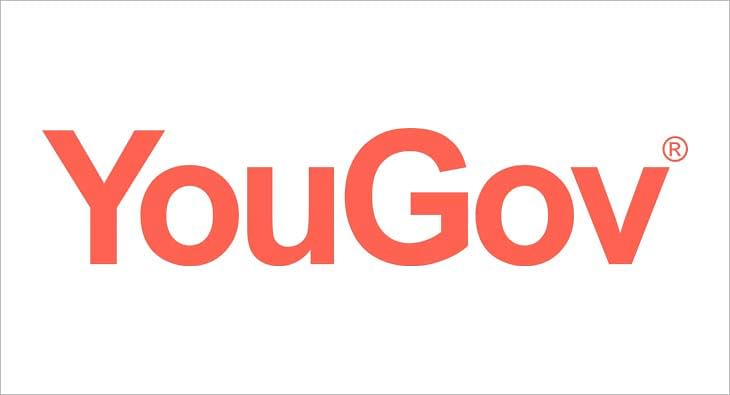
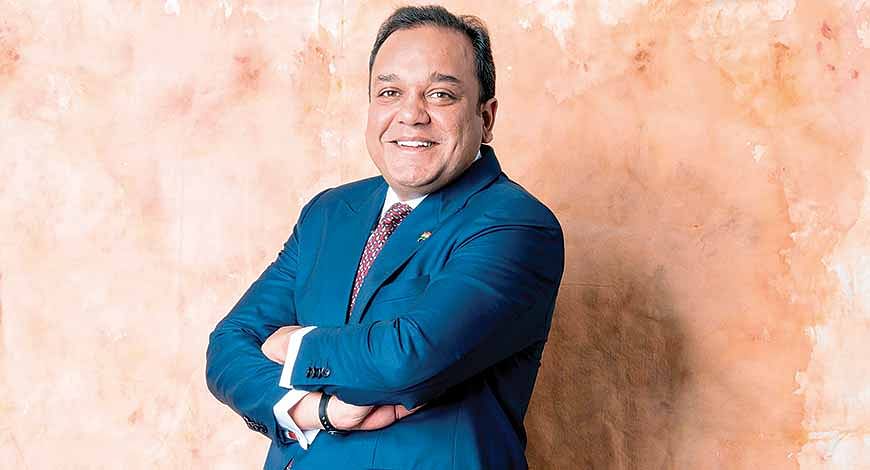
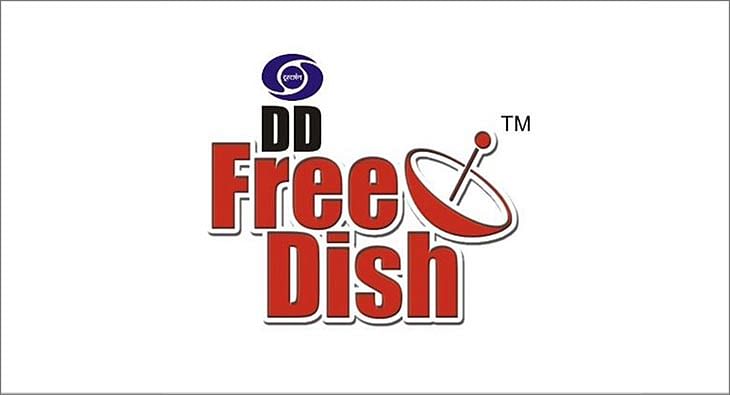







 Share
Share